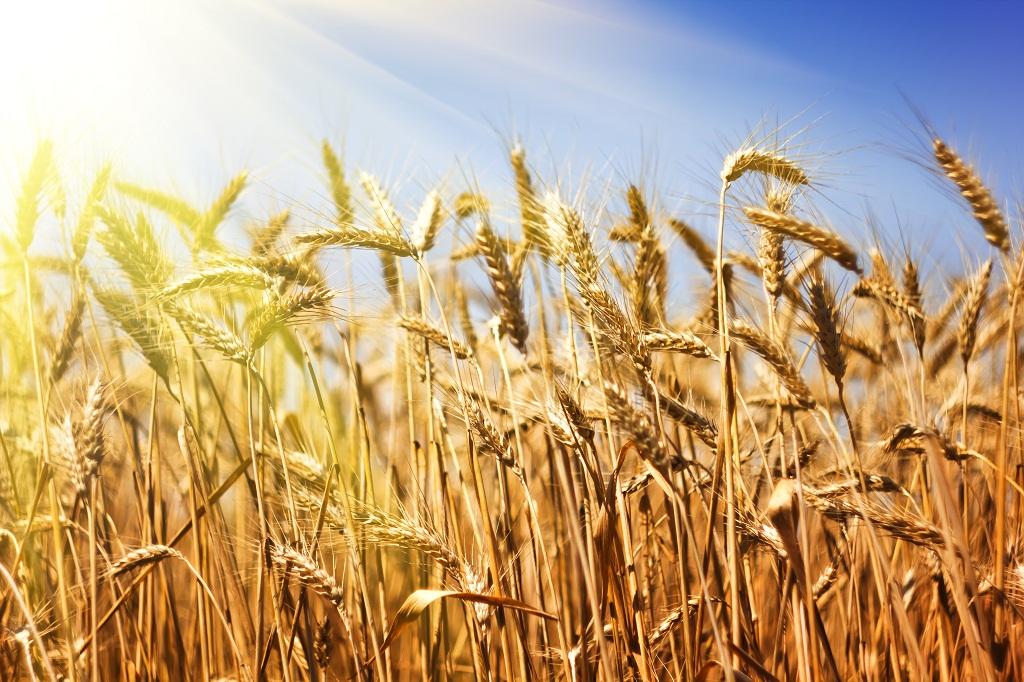News Highlight
Union government insisted that the recent rains would not affect wheat output.
Key Takeaway
- This year’s unusually high temperature in February was followed by an unseasonably long period of extensive rain and severe winds.
- As well as hail in areas of the country’s important grain-producing states of Punjab, Haryana, Madhya Pradesh, Uttar Pradesh, Rajasthan, Bihar, and Gujarat during March.
- The India Meteorological Department (IMD) predicts extensive rainfall and violent winds of 40-50 kilometres per hour.
- They lashed various portions of the country’s major wheat-growing states in March owing to a series of western disturbances.
Wheat
- About
- Wheat is a Rabi crop planted from September to December and harvested from February to May.
- The entire crop area in the country is around 29.8 million hectares.
- Wheat production in India was 107,860 thousand tonnes in 2020.
- Wheat production in India increased by 3.42% yearly from 23,832 thousand tonnes in 1971 to 107,860 thousand tonnes in 2020.
- Indian wheat is mostly a soft/medium-hard, medium protein, white bread wheat, similar to hard white wheat in the United States.
- Durum wheat, often pasta wheat or macaroni wheat, is a high-quality wheat cultivar grown in India.
- Climate requirement
- Wheat has a high degree of flexibility.
- It can be grown not only in tropical and subtropical zones.
- But also in temperate zones and cold northern tracts beyond 60 degrees north latitude.
- Wheat can withstand extreme cold and snow and continue growing once mild weather arrives in the spring.
- It may be grown from sea level to 3300 metres in elevation.
- The best wheat is grown in places with chilly, damp weather for most of the growing season, followed by dry, warm weather to allow the grain to ripen correctly.
- Wheat seed germinates best at temperatures between 20 and 25 degrees Celsius, though seeds can germinate from 5 to 35 degrees Celsius.
- Rains soon after sowing impedes germination and promotes seedling blight.
- Wheat cannot be grown in areas with a warm and humid climates.
- Very high or low temperatures, as well as drought, are damaging to wheat throughout the flowering stages.
- At ripening time, the wheat plant requires an average temperature of 14-15 degrees Celsius.
How does the rain affect wheat yields?
- Wheat are subject to heat stress and rain/thunderstorms during terminal grain filling and ripening.
- The crop that has gained the most weight due to grain filling is extremely vulnerable to rain.
- When combined with high-velocity winds, the stems are prone to “lodging,” bending, and even collapsing flat on the ground.
- According to the farmers, yield losses were most likely greatest in areas affected by waterlogging and hail.
- According to a Principal Scientist at the Indian Agricultural Research Institute in New Delhi.
- Productivity losses during harvesting may be greater than those caused by lodging or lower crop yields.
- Wet and dried crop earheads become brittle and break away from the stem, making harvesting with combined machines difficult.
- Wheat lodging occurred predominantly after March 22.
- When the grain-filling stage was nearly complete for crops sown before mid-November in most regions of Punjab and Haryana.
- Crops sown in eastern Uttar Pradesh and Bihar in December may benefit from the present rain.
- It has reduced temperatures and extended the grain-filling time.
Pradhan Mantri Fasal Bima Yojana
- About
- PMFBY intends to provide financial assistance to farmers who have suffered crop loss or damage due to natural disasters.
- Objectives
- To offer farmers insurance coverage and financial assistance if any notified crops fail due to natural disasters, pests, or illnesses.
- Farmers’ income must be stabilised for them to continue farming.
- Encourage farmers to use innovative and cutting-edge agricultural practices.
- To ensure credit flow to the agricultural industry.

Conclusion
- Wheat prices are unlikely to rise because Chicago Board of Trade futures prices are slightly over $254 per tonne, compared to the $500-plus heights reached in March 2022.
- Last year’s poor local harvest coincided with skyrocketing global commodity prices caused by Russia’s entry into Ukraine.
- Now, the world has recovered from the effects of the war, and a revival of food inflation is improbable, even if wheat output in India falls to 2021-22 or lower.
Pic Courtesy: Down to Earth
Content Source: The Hindu



